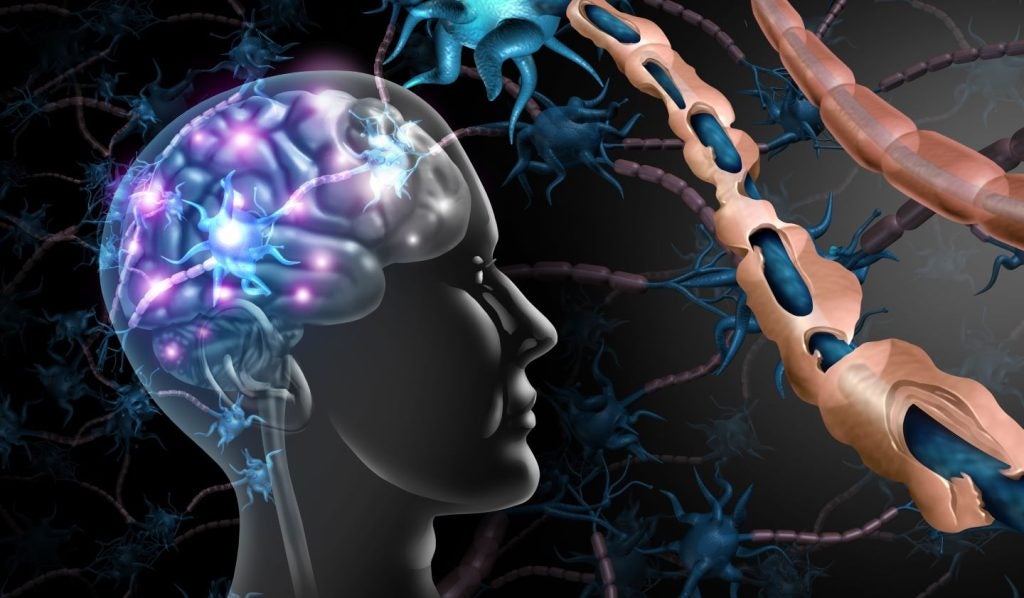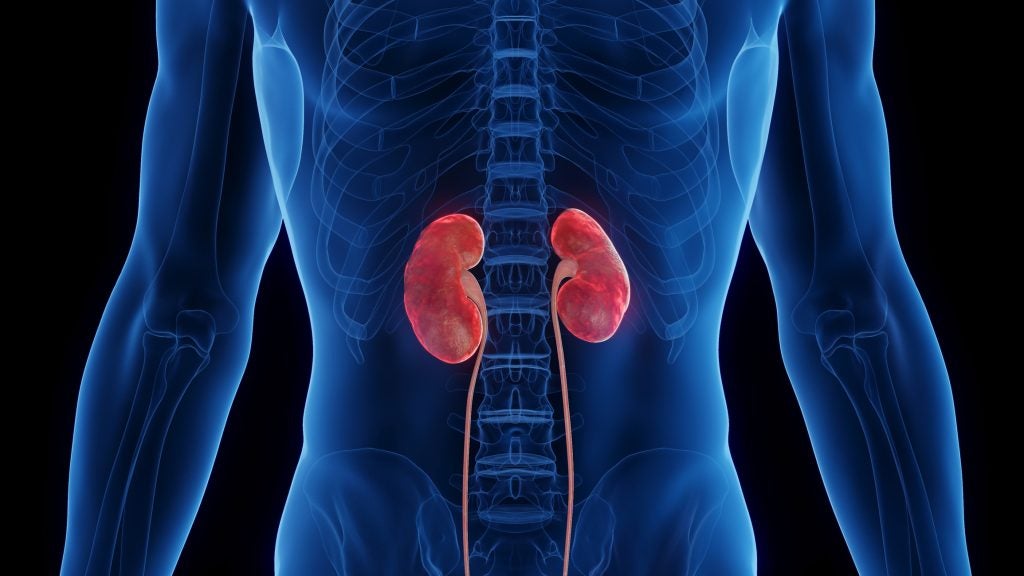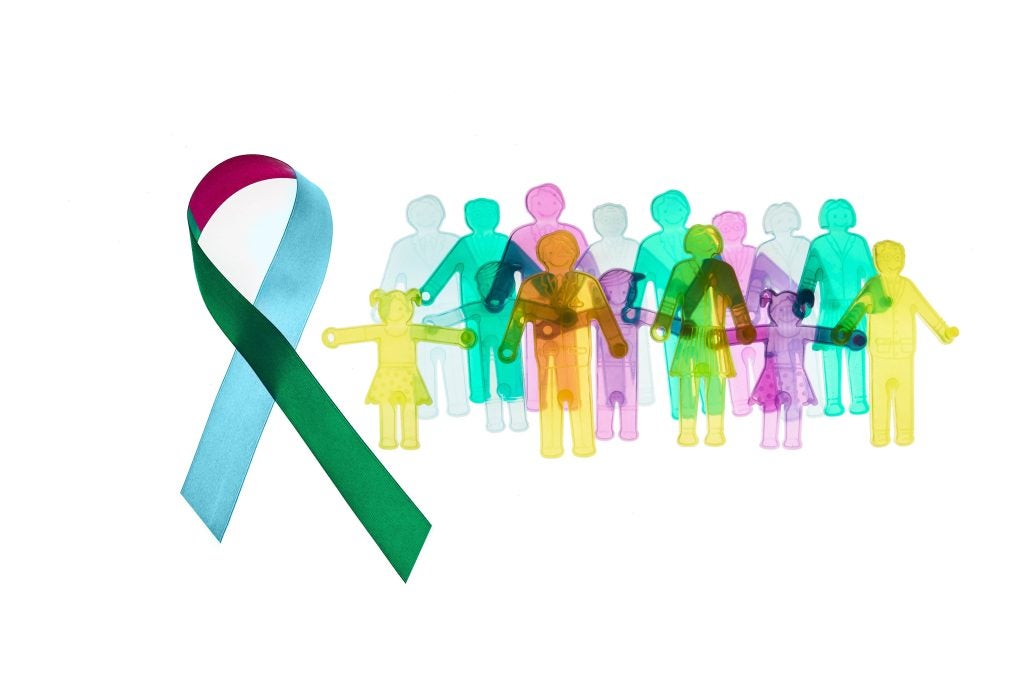The COVID-19 pandemic revolutionized the role of diagnostic testing in healthcare. At-home and laboratory testing became comfortable—and accessible—for patients across the globe. The result was prevention of infectious disease spreading on a scale unprecedented in the history of medicine.
COVID-19 brought about increased public awareness of viral disease transmission alongside an expansion of testing infrastructure, with more laboratories and facilities built to process the greater volume of tests. The need to provide medical solutions to combat the pandemic also necessitated closer collaboration with regulatory agencies.
Together, these factors streamlined healthcare and enhanced consciousness of the benefits of diagnostic testing. Despite challenges with supply chains and sustainability, a 2023 survey of 175 diagnostic professionals conducted by Cytiva found that more than 50% of respondents felt very positive about the future of the industry (1). New technology and developments look set to change healthcare methods for the better.
The diagnostic industry’s growth certainly shows signs of acceleration. Indeed, it’s becoming a permanent feature of the modern healthcare landscape. While the scale of testing for infectious diseases, COVID-19 included, is predicted to decline, all market trends point towards far more widespread adoption of diagnostic testing across healthcare, with telehealth, tech, and demographic trends driving new applications for diseases from HIV to cancer.
Problems post-pandemic
That optimism is prevalent among diagnostic professionals is all the more encouraging given current challenges faced by the healthcare industry. The pandemic placed healthcare systems around the globe under unprecedented strain. Hospitals and services suffered from increasing insurance costs and talent shortages (1).
The pandemic also exacerbated supply chain issues: shortages of personal protective equipment (PPE) incited government spending frenzies, and concerns over supply chains remain today (1). Furthermore, the necessity of tackling COVID-19 deprioritized the treatment of other health conditions, as well as questions around sustainability. The healthcare industry’s use of bleach, polluting chemicals, and single-use plastic remains a dilemma requiring careful resolution.
Healthcare has also been impacted by a notable decline in public trust. The need to find rapid solutions to the COVID-19 pandemic had many questioning the proficiency of regulators. This distrust was enhanced by a culture of misinformation surrounding vaccine deployment and health-protective measures (1).
Positive signs for the future of diagnostics
Despite these challenges, there are many reasons to be optimistic about the future of the diagnostic industry. Artificial Intelligence (AI) has enormous potential to accelerate diagnostic tests: when integrated with wearable health devices (2), AI can be used to identify health patterns and detect potential causes for concern much quicker.
Moreover, while many will be familiar with diagnostic tests for infectious diseases like COVID-19, the market’s future will be determined by a variety of technologies. Over the next three to five years, liquid biopsies are expected to become more prevalent in the early detection of cancer. Home-based diagnostics are also on the rise in the wake of the pandemic, along with point-of-care (POC) testing (1).
POC tests look set to be critical to the future of healthcare. They can be used to test rural communities detached from laboratories, as well as a growing geriatric population. Familiarizing the elderly with at-home testing will reduce the strain on increasingly overburdened healthcare systems. POC tests can also be integrated with other technology, including Bluetooth and chatbots, to forward patient data to relevant professionals and even provide on-the-spot advice. Respondents to the Cytiva survey also cited qPCR, ELISA-based testing, and next-generation sequencing (NGS) as becoming increasingly important as diagnostic technology pivots toward molecular and genetic testing (1).
At present, less than half of the survey respondents said they worked with tests for pharmacies or at-home use, but more than half said they expected they would in future (1). GlobalData research predicts that the POC market, excluding COVID-19 tests, will grow by 2.2% year-on-year to 2028, with global revenues from POC tests set to approach $30 billion over the next four years (3).
Partnering for an innovative future
New developments and market trends all point to diagnostic testing becoming a staple of modern healthcare. Fast, accurate testing will reduce delay and ensure diseases are identified sooner, thus limiting harmful side effects from incorrectly administered medication. Diagnostic POC testing will also reduce healthcare costs and the burden on medical services.
However, increased regulation and competition is already putting smaller businesses in the diagnostics industry at a disadvantage. As testing is more widely adopted, prices are driven lower, and profit margins are reduced. To optimize the benefits of diagnostic testing, it is essential that the right partners are on hand to guide development and implementation, especially amid the challenges currently facing the market.
Ready to support the industry’s expansion is Cytiva. Already known world-wide for providing tech and services for development of therapeutics, vaccines, and drugs, Cytiva can also supply essential equipment and technology for the development of diagnostic assays and kits.
An experienced collaborator like Cytiva enables innovative companies to accelerate the development of their products and push the frontiers of diagnostic testing’s capabilities. Effective deployment of the technology will lead to diseases being managed quicker and better, resulting in healthier, happier populations. In the long run, innovations in diagnostics can help produce better testing, reduce unnecessary deaths and illness, and advance the capabilities of healthcare in a post-pandemic world. Download the whitepaper on this page to learn more.
References:
- Future of diagnostics research study. Cytiva.com. https://info.cytivalifesciences.com/future-dx-report-dxo-registration.html?_gl=1*1hlhizf*_gcl_au*MjIzNzg3MdkwLjE3MDQyOTM3NTY. Published July 14, 2023. Accessed January 31, 2024.
- Walter W, Haferlach C, Nadarajah N, et al. How artificial intelligence might disrupt diagnostics in hematology in the near future. Oncogene. 2021;40(25):4271-4280. doi:10.1038/s41388-021-01861-y
- GlobalData Thematic Intelligence, “Point of Care Diagnostics.” June 2023. https://www.globaldata.com/.















